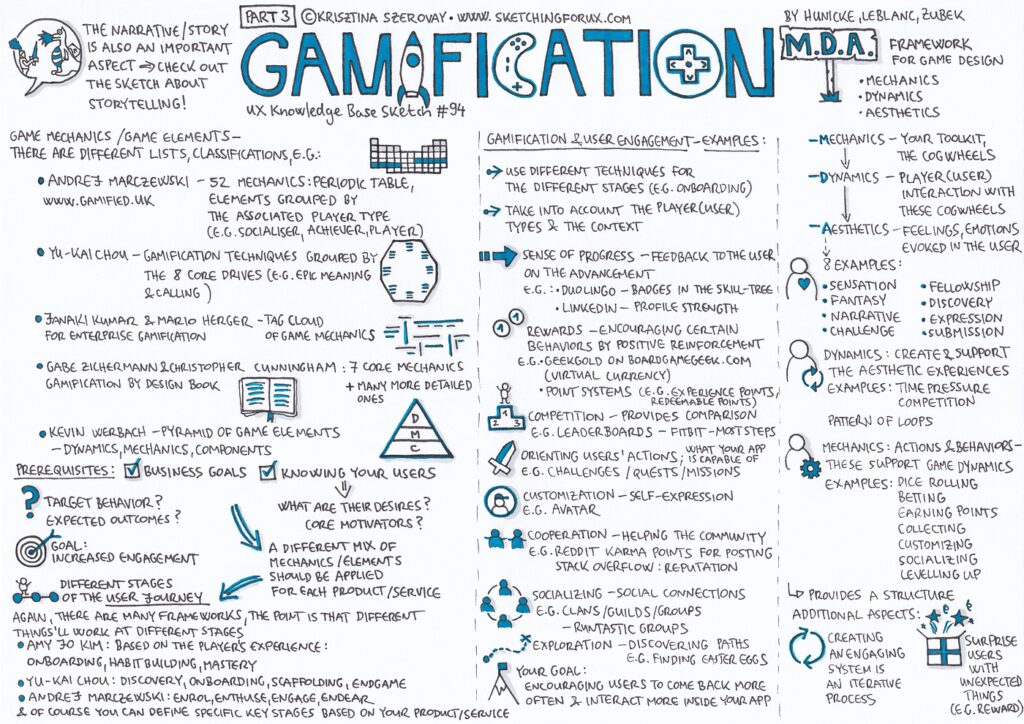The keys to creating great games include game mechanics, storytelling, and user engagement. Game mechanics refer to the rules and systems that govern gameplay, including balance and player agency. Storytelling is the narrative that ties everything together, with well-structured main storylines and optional content for exploration. User engagement is achieved through feedback, progression, and social features such as multiplayer and leaderboards. These elements keep players invested and motivated to keep playing, creating a more enjoyable and immersive experience. Overall, a great game requires careful crafting and consideration of these key components.
The Keys to Great Games: An Exploration of Game Mechanics, Storytelling, and User Engagement
Game Mechanics
Game mechanics are the rules and systems that govern the way a game is played. It’s the foundation of the gameplay experience and needs to be carefully crafted to provide an enjoyable experience for the player.
One essential element of game mechanics is player agency, which gives players the ability to make choices and have an impact on the game world. Without it, the game can quickly become boring and unengaging.
Another crucial aspect of game mechanics is balance, ensuring that the game is neither too easy nor too difficult. A game that is too easy won’t challenge the player, while a game that is too difficult can be frustrating and turn the player away.
Finally, the mechanics should be intuitive and easy to understand. Players should be able to jump into the game and understand the rules without needing a lengthy tutorial or complicated instructions.
Storytelling
Storytelling is the backbone of many great games. It’s the narrative that ties everything together and provides context for the player’s actions.
A strong story will immerse the player into the game world, creating a sense of connection with the characters and their motivations. The story should be well-structured, with clear goals and motivations that drive the player forward.
In addition to the main storyline, the game should also have side quests and optional content to give players a sense of exploration and freedom. These quests can add depth to the game world and give the player a sense of agency, as they choose which quests to complete and in what order.
Finally, the storytelling should be presented in a way that’s engaging and visually appealing. It can be through cutscenes, dialogue, or even environmental storytelling (where the game world tells the story through visual details).
User Engagement
User engagement is the process of keeping the player interested and invested in the game. It’s what makes the difference between a good game and a great game.
One crucial element of user engagement is feedback. Players should receive feedback on their actions, telling them whether they’re doing well or not. Feedback can be as simple as a sound effect or visual cue, or as complex as a progress bar showing how close they are to completing a quest.
Another aspect of user engagement is progression. Players should feel like they’re making progress, whether it’s through leveling up, unlocking new abilities or items, or simply progressing through the story. This sense of progression keeps the player invested and motivated to keep playing.
Finally, user engagement can also be achieved through social features. Multiplayer games, leaderboards, and community features can give players a sense of community and competition, making the game experience more engaging and enjoyable.
